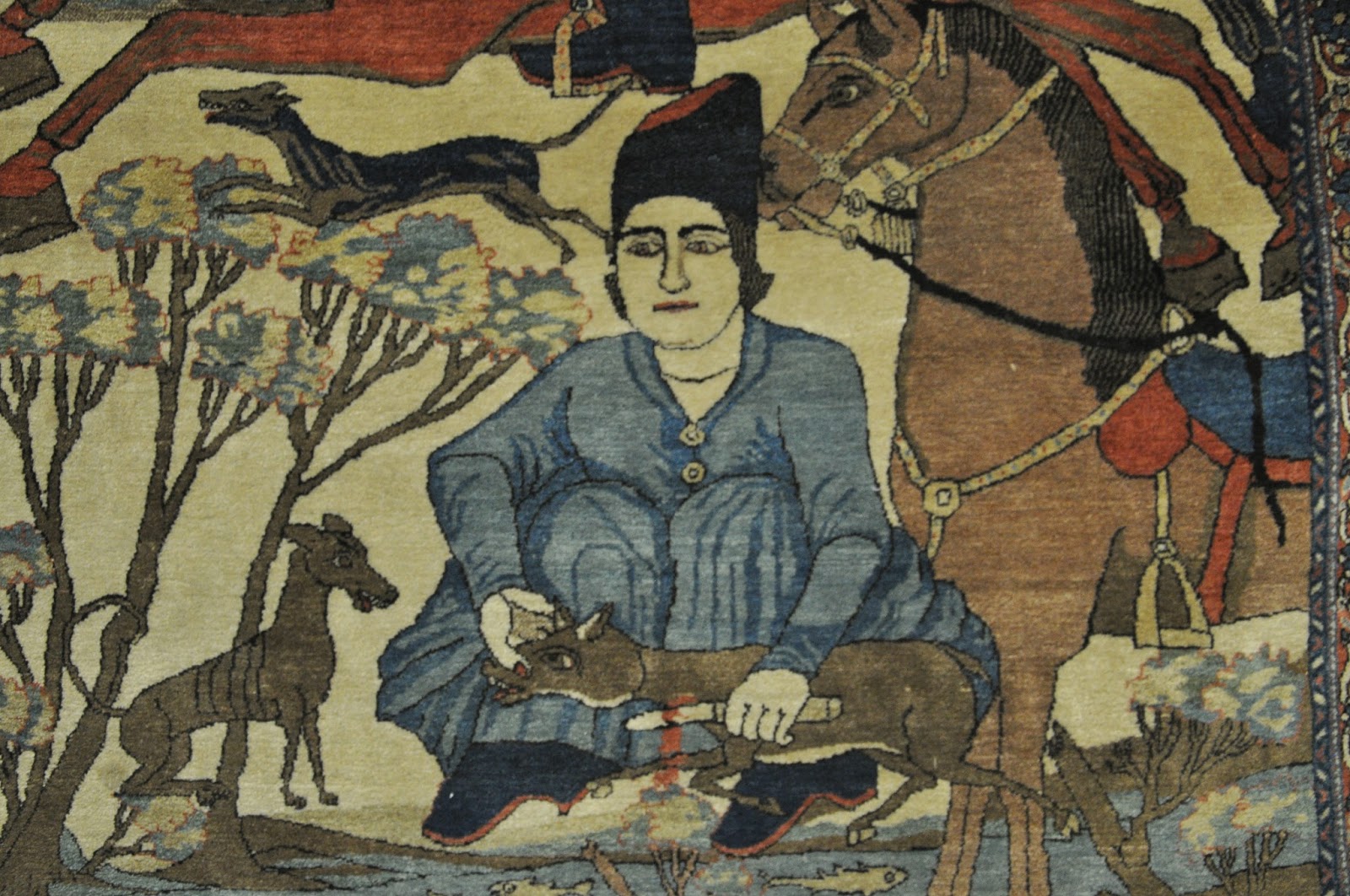My 8 day trip to Iran started long before the actual flight that took me to Tehran, once the reading of the book "L'Iran - Des origines au XXIe siècle", the travelling agency provided me with, as well as Bradt's guide book "Iran" was initiated two weeks before and taking into account the fact that the outbound flight to Iran was from Paris, I had to fly into France the previous evening.
I stayed once more at the Orly Superior Hotel, which because of being fairly close to Orly airport is therefore very convenient whenever any given flight takes off from Orly. I got there in a state of exhaustion, but managed to have a good night's sleep before meeting the group (16 in total) and the French guide, Phillipe at the main entrance C pertaining to Orly Sud.
The seven hour flight to Tehran with a stop over at Milano airport for refuelling (supposed to be initially Budapest) was fairly tiring but the entry procedures in Iran were faster than I had expected, presumably because the agency had us have a collective visa, which must have made things easier.
After having collected our luggage and met our local guide, Masoud we headed to a fairly luxurious Hotel in the central part of Tehran, which we would leave the following day and get back to briefly on the last day.
The following morning as we were driving towards the Carpet Museum I couldn't help taking one first photograph from inside the bus, the obvious reason having been a woman all covered in the traditional chador going across one of the main roads.
Given the importance of carpet weaving and the role carpets have played and still play in the lives of Iranians it did sound the best cultural approach to start with.
Founded in 1976 the Museum exhibits a wide variety of Persian carpets and rugs from all over Iran, the oldest carpet dating back to the 18th century. Among those being displayed there are said to be some master pieces woven at the main centres of carpet weaving in Iran, such as Kashan, Isphahan, Tabriz and Khorasan.
The Museum's exterior is said to have been designed to both resemble a carpet loom and to cast shade on its walls, thus reducing the impact of the extreme heat felt particularly during the Summer months.

I must say I was particularly impressed by those with human figure motifs on, namely "the four seasons" although I can't deny that even the intricate elaborate flower and animal hunting scenario ones were worth being noted. We were briefed on the importance of the knots and the local area thematic design types.
65 radj knot cotton and silk prayer carpet with a niche with chandelier - 19th century - Tabriz


70 radj knot cotton and wool carpet carpet - "Four seasons" - early 20th century - Tabriz


60 radj knot wool and cotton carpet with multiple panels - Shah Nameh (The Book of Kings) - 1805 - Tabriz


70 radj knot silk and wool carpet - "Gate of Heaven" - 19th century - Espahan.
70 radj knot pictorial and hunting scene of Bahram design carpet - Cotton and wool - Early 20th century - Kashan
(To be continued)



















No comments:
Post a Comment